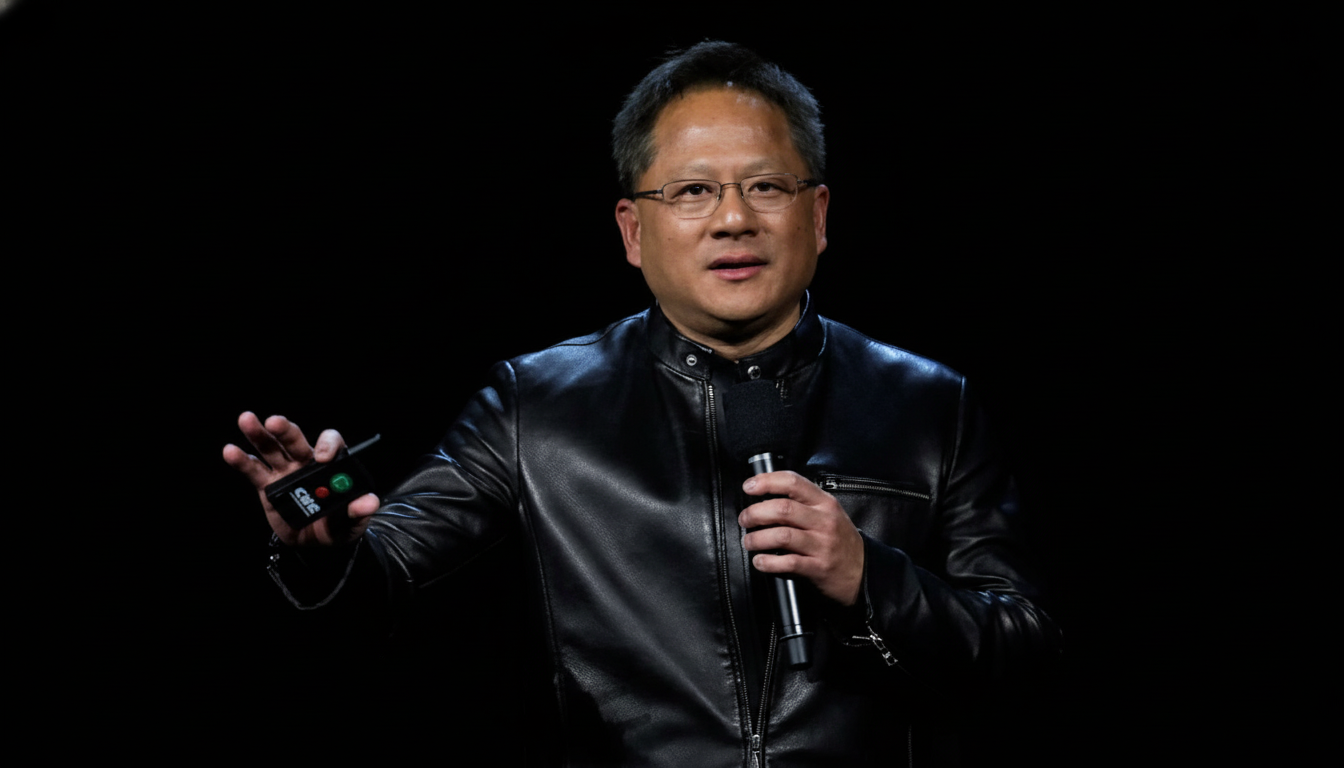Nvidia is further cementing its toehold in Asia’s AI buildout, announcing enhanced collaboration with Hyundai Motor Group, Samsung, SK Group, and Naver during a high-profile foray to South Korea. Structured in collaboration with the APEC Summit and supported by the Korean government, the new compacts are expected to procure leading-edge GPUs, grow the country’s AI infrastructure, and “make AI matter” in factories, vehicles, and telecom networks.
South Korea’s government stated the nation will be able to buy more than 260,000 of Nvidia’s latest GPUs, encompassing about 50,000 for public initiatives—such as foundation model study and a national AI data center—and the rest will be distributed to Samsung, SK, Hyundai, and Naver for business-specific AI and manufacturing modernization.

What Nvidia and South Korea announced in new AI deals
The package merges state-led capital support with private-sector execution. South Korea’s Ministry of Science and ICT informed that Nvidia will work with significant Korean telecom providers — SK Telecom, KT, and LG Uplus — and ETRI on AI-RAN, a new strategy for the next generation that incorporates AI into base stations for power consumption and radio power enhancement, with expansion centered on a global testbed.
Nvidia is expanding its long years of cooperation with Samsung by connecting Samsung with HBM4, the forthcoming generation of high bandwidth memory necessary for large-scale training and inference. In addition, Nvidia has engaged Samsung Foundry to produce custom CPUs and XPUs. This complements its recent work with Intel, which allows x86 processors to be connected to Nvidia platforms using NVLink Fusion.
Samsung bets on an AI megafactory
With more than 50,000 Nvidia GPUs, Samsung’s planned “AI Megafactory” will be powered by Nvidia Omniverse to simulate, orchestrate, and optimize production networks across semiconductors, mobile phones, and robotics. The long-term goal for Samsung and Nvidia is a manufacturing network that relies on software-defined factories in real time, where models can predict yield, flag anomalies, and retune factories on the fly.
Correlated with South Korea’s critical function in resources like advanced memory, the HBM4 innovation provides strategic benefit.
Hyundai focuses on “physical” AI and autonomy with Nvidia
Hyundai plans an AI infrastructure with 50,000 Nvidia GPUs deployed over time to run the model-training gamut to validation, simulation, and deployment. A “physical” AI—systems that notice, opt, and perform in the real world—project is underway at its labs nexus.
This initiative will increase Hyundai’s standing in the adjusting vehicle matrix toward software-defined means.
SK and Naver develop an industrial AI cloud
SK and Naver have declared SK-Naver Cloud, a project to develop industrial AI in logistics systems.
SK Group, the parent of SK Hynix, announced a partnership with Nvidia to launch what it describes as Asia’s first enterprise-led manufacturing AI cloud. Powered by Nvidia’s simulation and digital twin stack, the platform will be opened to government agencies, public institutions, and local startups to accelerate industrial AI deployments.

Naver Cloud will team up with Nvidia on a “Physical AI” platform connecting digital models to real-world operations in semiconductors, shipbuilding, energy, and biotech. By combining cloud compute with edge nodes in plants and labs, Naver aims to produce task-optimized models guided for production environments rather than lab-only benchmarks.
AI-RAN and the network edge explained for carriers
AI-RAN moves AI inference closer to the radio to give you a smarter scheduler, intruder detection, and power controller. Carriers can use the tool to cut their energy consumption while enhancing capacity, a headwind; for developers, an AI-aware radio network offers ultra-low-latency services at the edge. The presence of ETRI means proper alignment with Korea’s wider 6G research agenda.
As the testbed progresses, it may become a model for other markets eyeing to renovate networks without wholesale hardware rips and replacements, employing AI overlays to recover more of their present spectrum and base station assets.
Why these transactions and partnerships matter now
Strategically, Nvidia is embedding itself deeper into Korea’s semiconductor and manufacturing ecosystem. It pairs its dominant AI accelerators with the country’s leadership in memory and advanced production. Industry trackers, such as Omdia and Mercury Research, note Nvidia’s commanding share in AI accelerators, and the company is now the first public firm to cross $5 trillion market value.
For Korea, securing GPU supply and co-developing HBM4 and AI-RAN core technology is about autonomy and speed. It is to ensure that national labs, automakers, chipmakers, and startups can train and deploy models without being gated by scarce components and fragmented toolchains.
The timing also coincides with U.S.-led technology agreements with Japan and South Korea, covering AI, semiconductors, quantum, biotech, and next-gen networks. The new alliances combine state capacity and corporate scale to take AI from data centers to cars, factories, and networks. This promises increasing returns for productivity and energy savings.
Physical AI is moving to deployment from demos.
- Hyundai’s autonomous ambitions
- Samsung’s AI-first manufacturing
- SK’s industrial cloud
- Naver’s sector-specific platforms
Korea is a testbed for applied AI that functions in messy, real-world conditions and an export prodigy.

